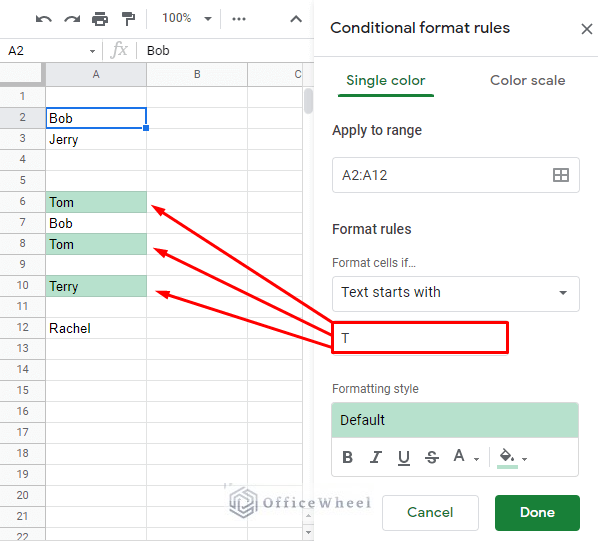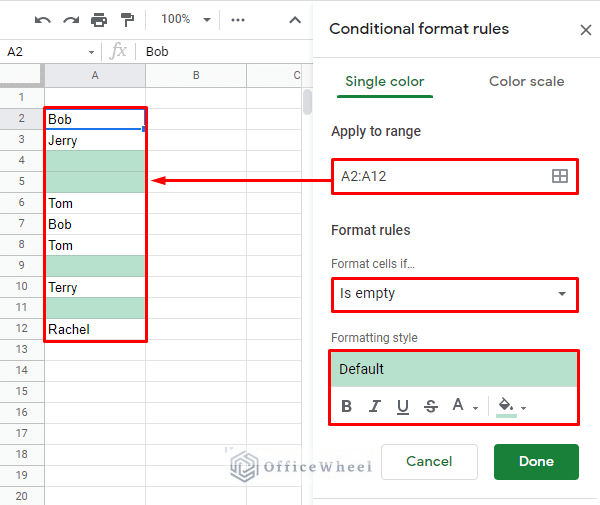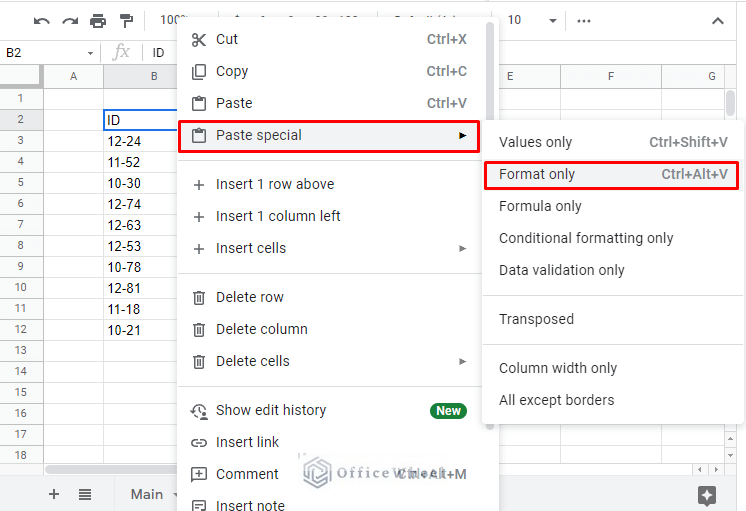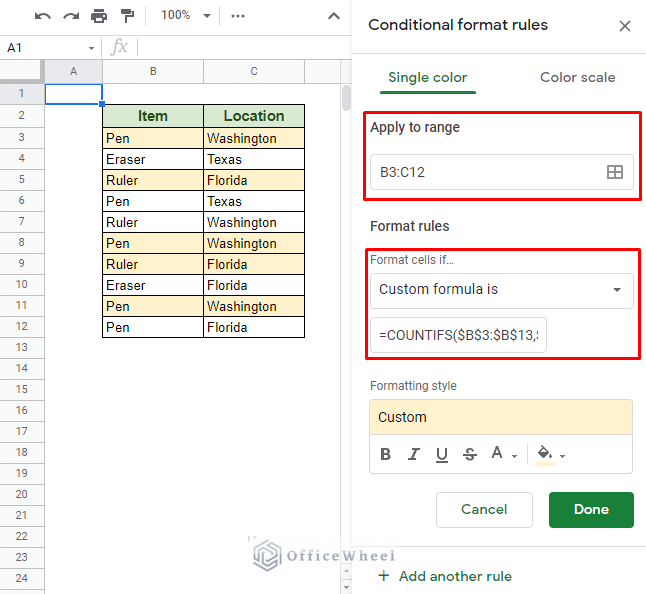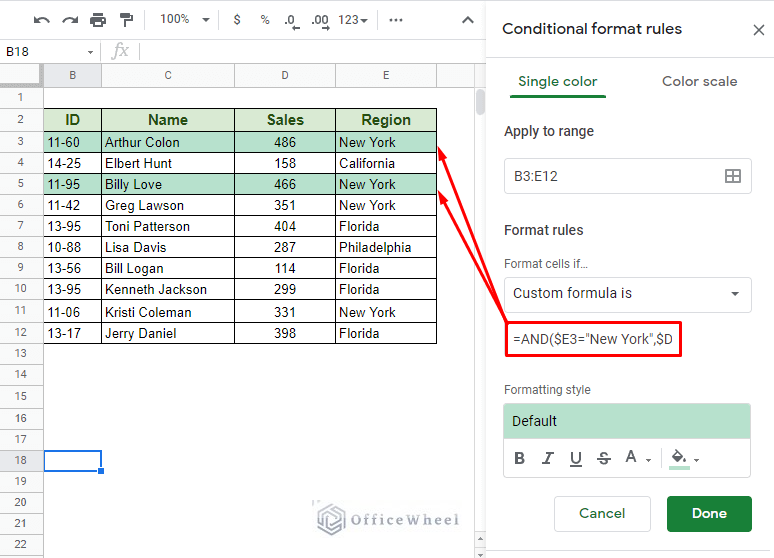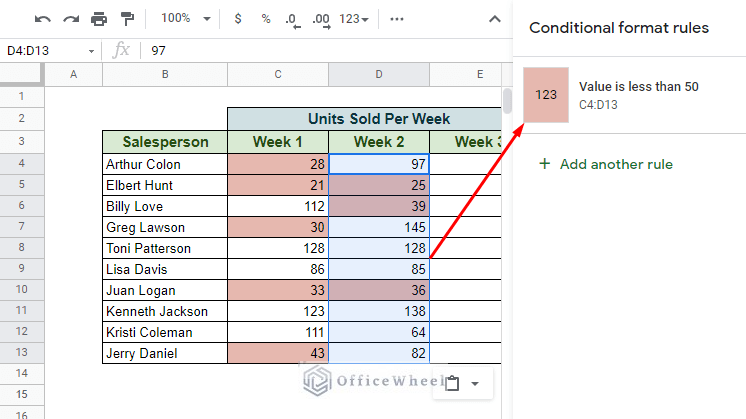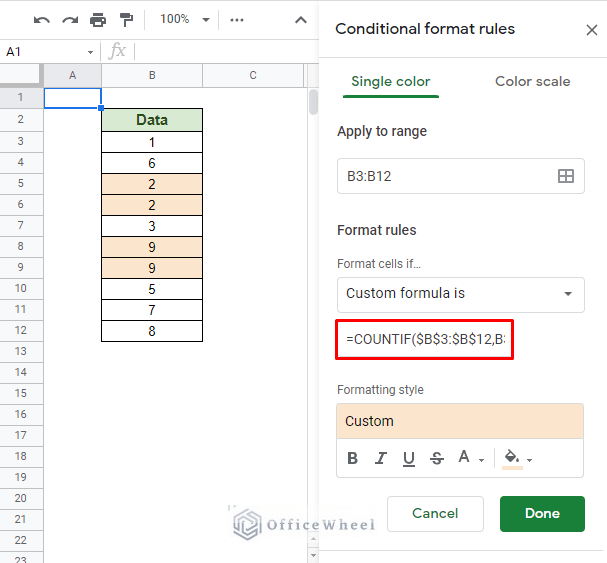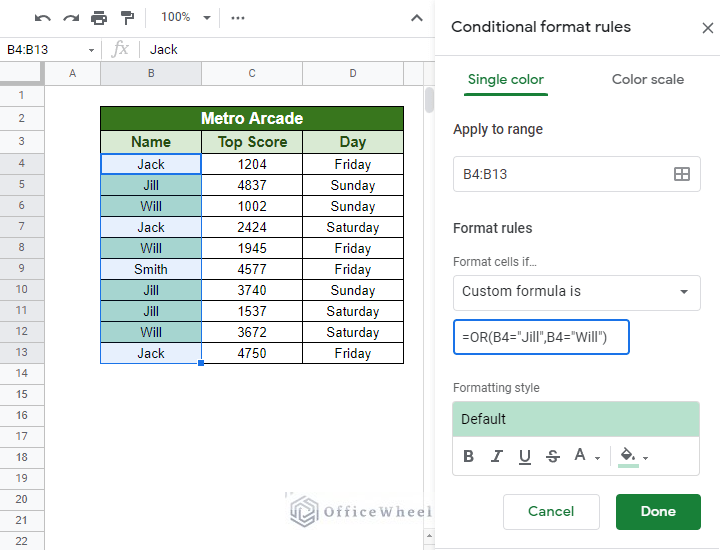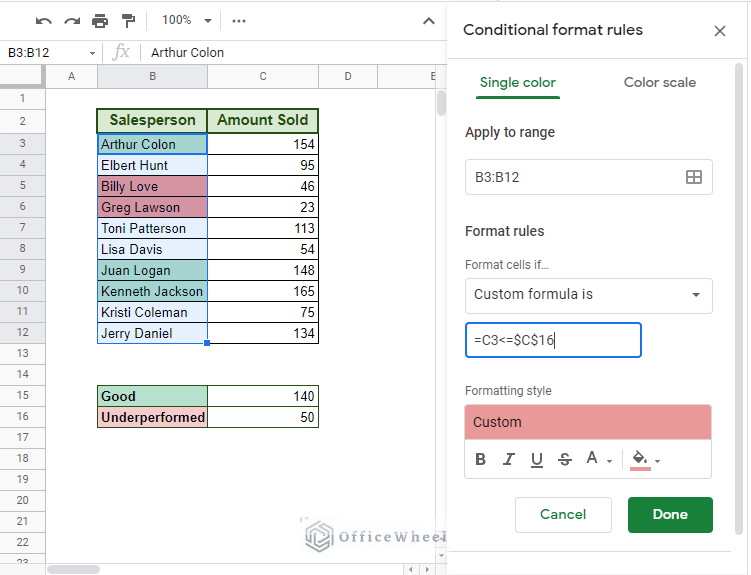Conditional formatting is a powerful tool that can transform your ordinary Google Sheets into dynamic and insightful data-driven documents. Whether you’re a spreadsheet novice or a seasoned pro, understanding and using conditional formatting can help you make your data more visually appealing and easier to interpret. In this article, we will explore the basics of conditional formatting and how you can use it to enhance your Google Sheets.
What Is Conditional Formatting?
Conditional formatting is a feature in Google Sheets that allows you to apply different formatting styles to cells based on specific conditions or criteria. It enables you to highlight, color, bold, italicize, or even add data bars or color scales to cells, making it easier to identify patterns and trends in your data.
How to Apply Conditional Formatting in Google Sheets?
Select Your Data: Before applying conditional formatting, you need to select the range of cells you want to format.
Format Rules: Click on “Format” in the top menu, and then select “Conditional formatting.” This will open a sidebar where you can define the rules that trigger the formatting. You can choose from various conditions like text contains, greater than, less than, and more.
Customize Formatting: After defining the condition, you can customize how the cells should look when the condition is met. You can change the text color, background color, borders, and more.
Apply to Range: Select the range of cells you want the rule to be applied to, and then click “Done.”
Common Use Cases
Conditional formatting is versatile and can be used in various scenarios:
Data Analysis: Highlight specific values or trends to draw attention to important insights within your data.
Project Management: Color code tasks based on their status (e.g., completed, in progress, overdue).
Budgeting: Visualize expenses by coloring cells that exceed a set budget limit.
Student Grading: Automatically assign grades or color grades based on numerical scores.
Advanced Features
Google Sheets offers advanced conditional formatting features, such as color scales, data bars, and custom formulas, which allow for even more complex formatting rules.

